leetcode 133. Clone Graph 图遍历BFS + 避免循环
Clone an undirected graph. Each node in the graph contains a label and a list of its neighbors.
OJ’s undirected graph serialization:
Nodes are labeled uniquely.
We use # as a separator for each node, and , as a separator for node label and each neighbor of the node.
As an example, consider the serialized graph {0,1,2#1,2#2,2}.
The graph has a total of three nodes, and therefore contains three parts as separated by #.
First node is labeled as 0. Connect node 0 to both nodes 1 and 2.
Second node is labeled as 1. Connect node 1 to node 2.
Third node is labeled as 2. Connect node 2 to node 2 (itself), thus forming a self-cycle.
Visually, the graph looks like the following:
1/ \/ \0 --- 2/ \\_/
这道题考查的是图的遍历,可以使用BFS或者DFS,不过要避免循环。
代码如下:
import java.util.ArrayList;import java.util.HashMap;import java.util.LinkedList;import java.util.List;import java.util.Map;import java.util.Queue;/*class UndirectedGraphNode{int label;List<UndirectedGraphNode> neighbors;UndirectedGraphNode(int x) { label = x; neighbors = new ArrayList<UndirectedGraphNode>(); }};*//** 这个题主要的注意就是使用map映射结点信息* */public class Solution{public UndirectedGraphNode cloneGraph(UndirectedGraphNode node){if(node==null)return null;UndirectedGraphNode newNode = new UndirectedGraphNode(node.label);Map<UndirectedGraphNode, UndirectedGraphNode> map = new HashMap<UndirectedGraphNode, UndirectedGraphNode>();map.put(node, newNode);Queue<UndirectedGraphNode> queue = new LinkedList<UndirectedGraphNode>();queue.add(node);while(queue.isEmpty()==false){UndirectedGraphNode top = queue.poll();List<UndirectedGraphNode> list = top.neighbors;for(int i=0;i<list.size();i++){UndirectedGraphNode one = list.get(i);if(map.containsKey(one)==false){UndirectedGraphNode tmp = new UndirectedGraphNode(one.label);map.put(one, tmp);//只有新建的需要加入queue,否者不需要,避免图中的环queue.add(one);}map.get(top).neighbors.add(map.get(one));}}return newNode;}}


























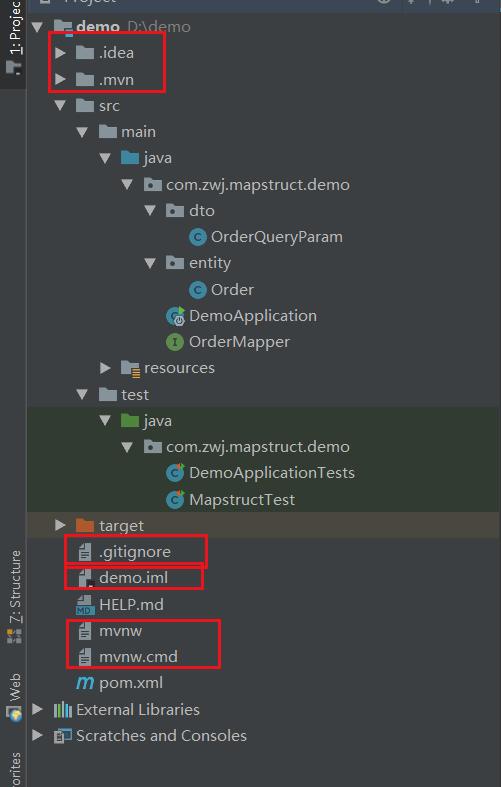
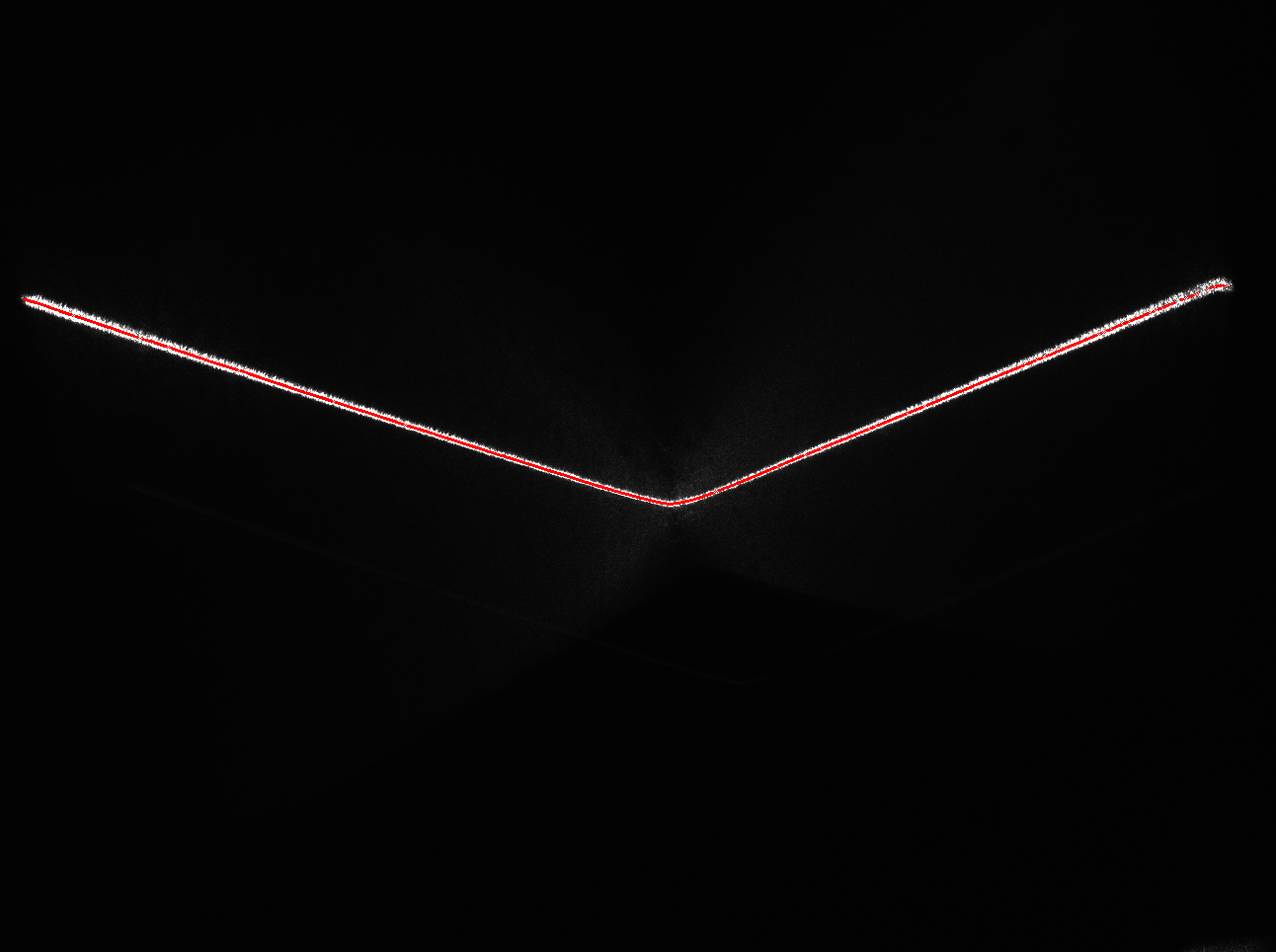
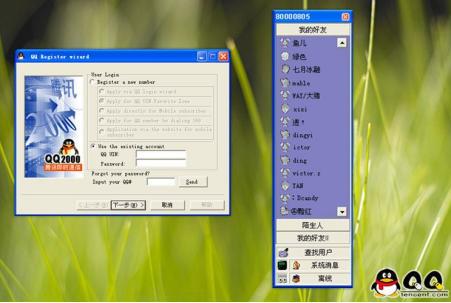

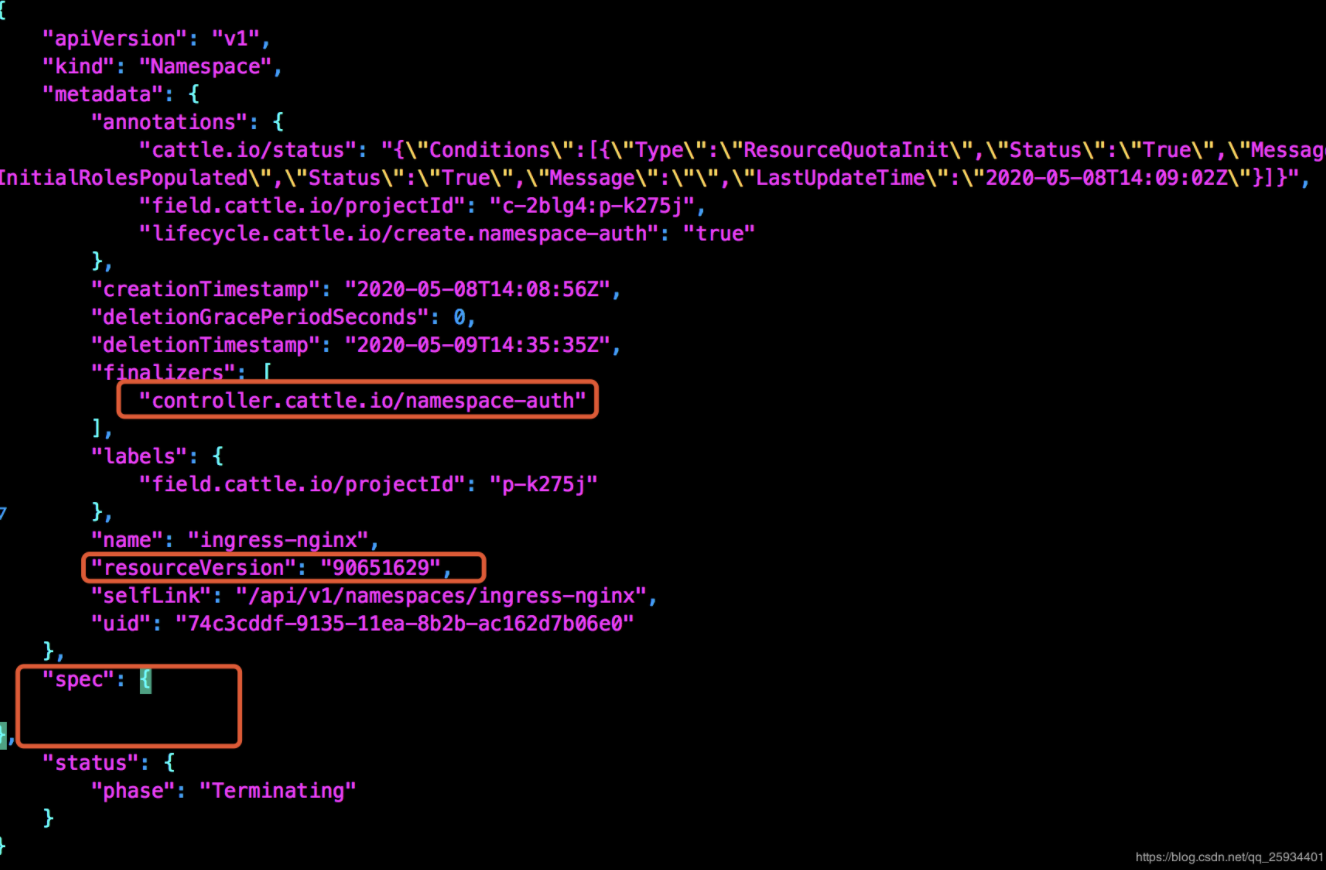
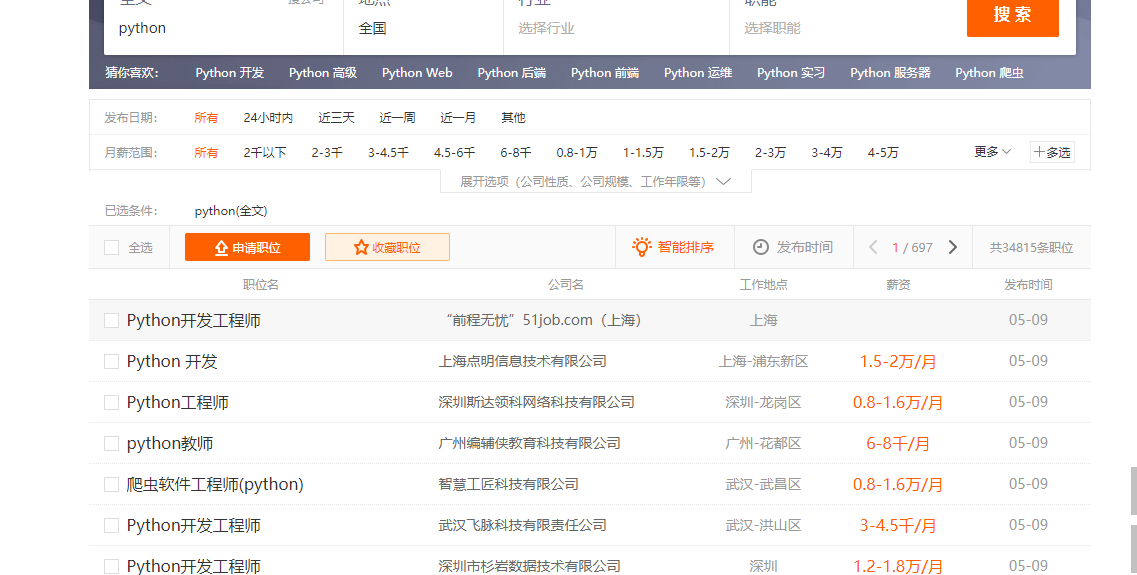



还没有评论,来说两句吧...